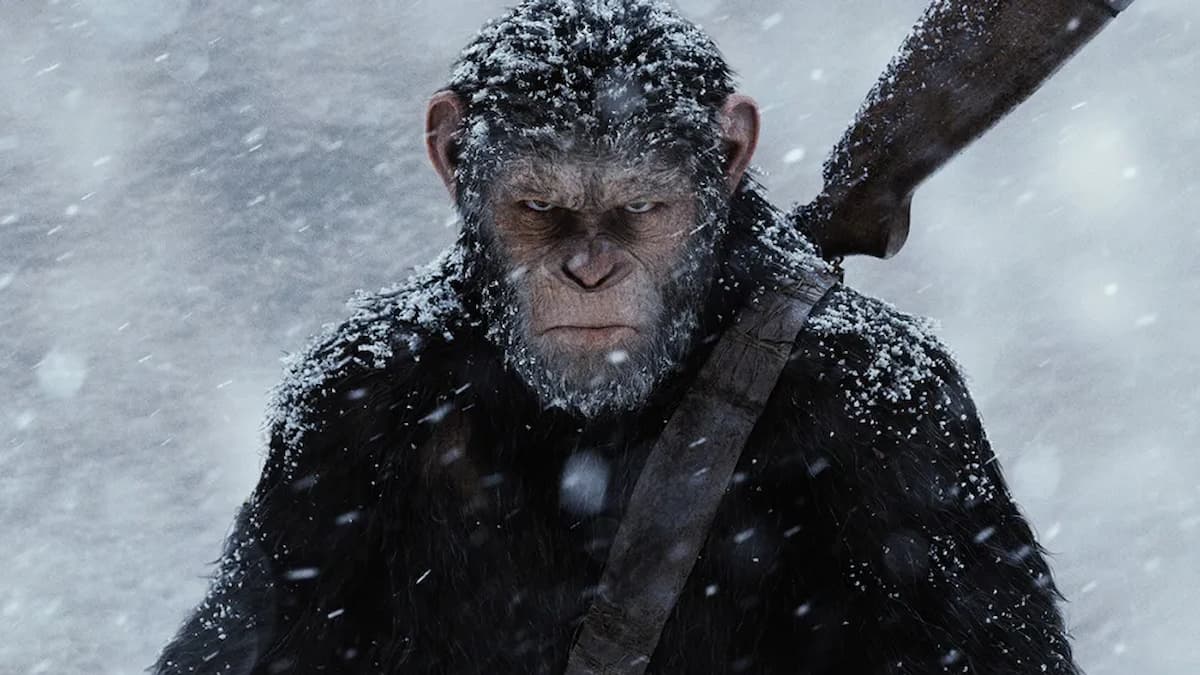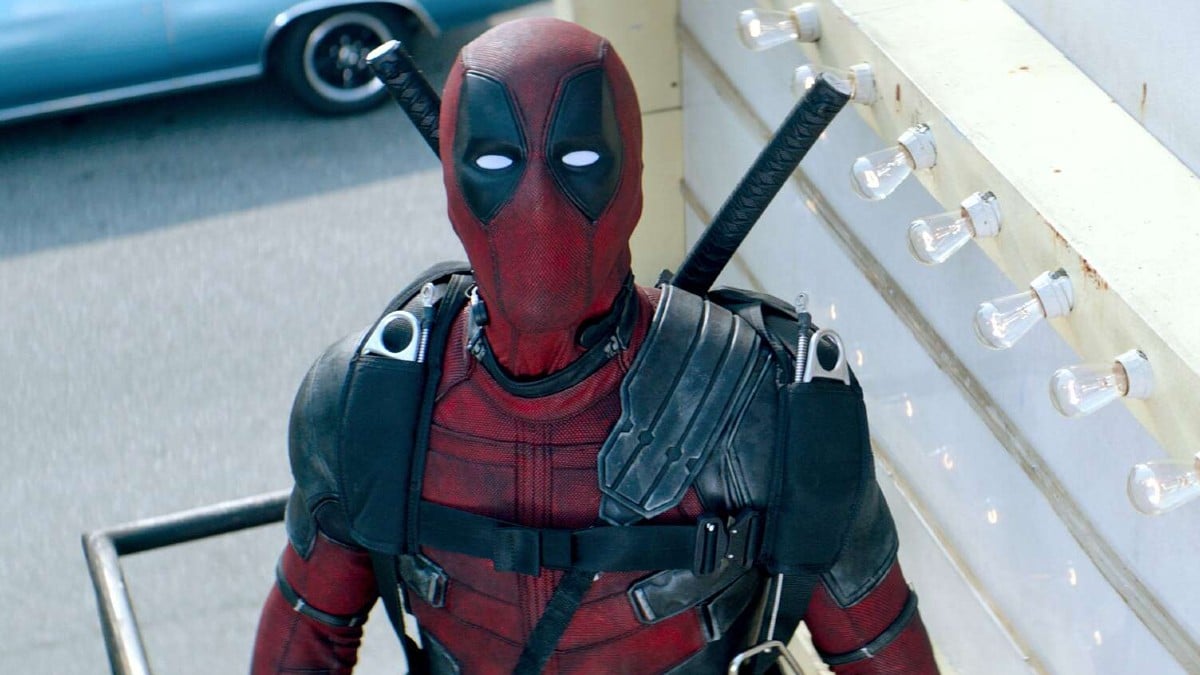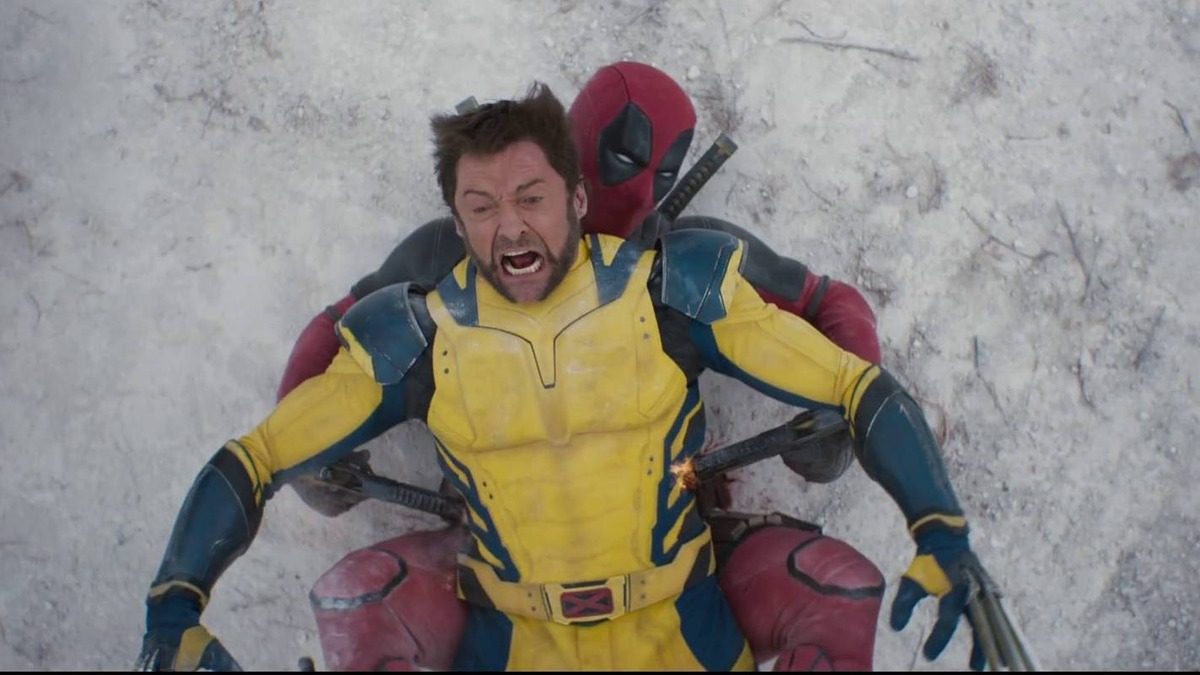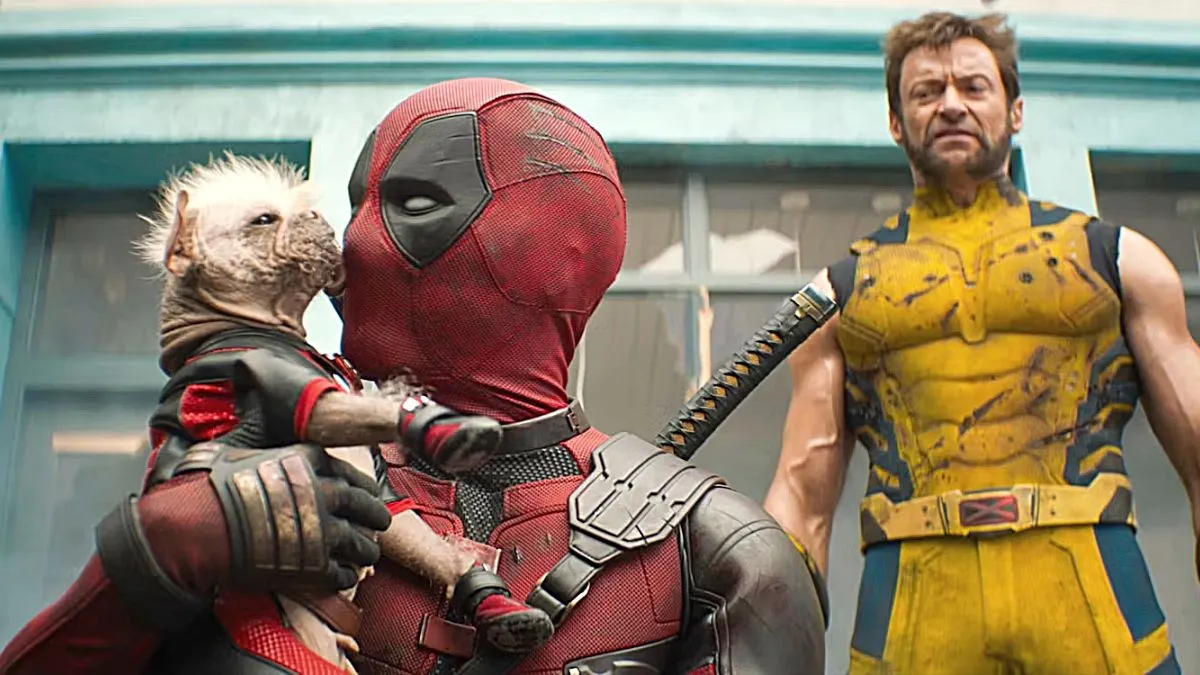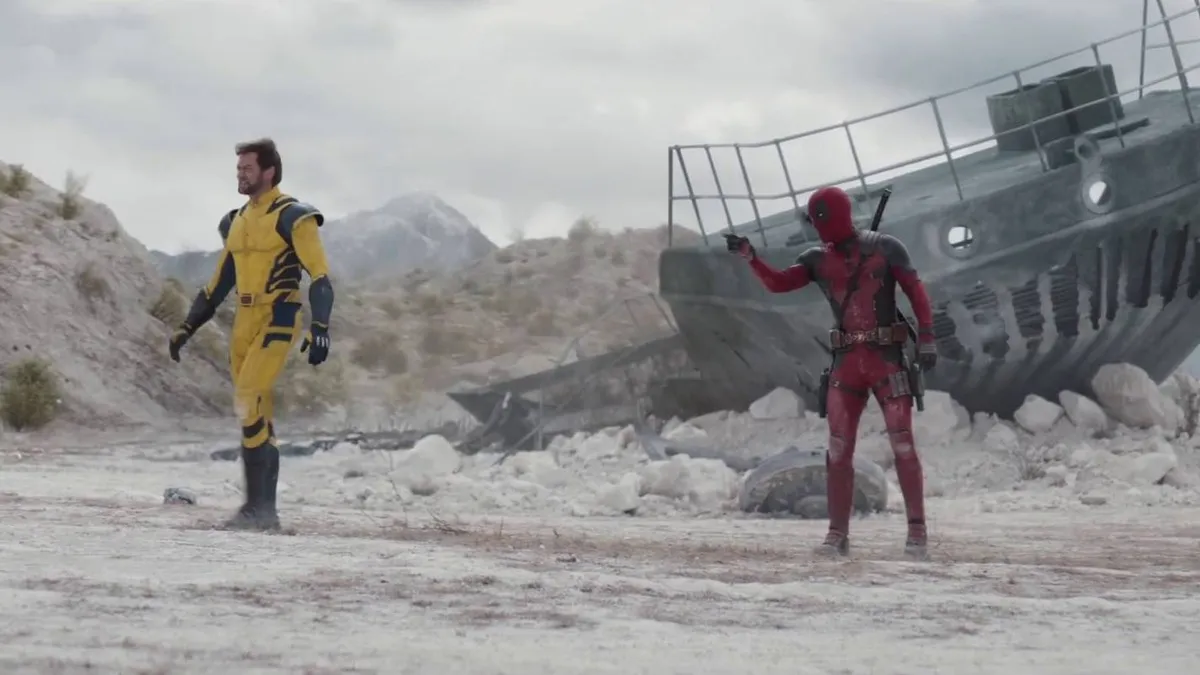
In The Pretty One, Zoe Kazan stars as identical twins Audrey and Laurel. Audrey is the more glamorous of the two while Laurel’s outward appearance speaks to her discomfort with her own identity. Regardless of their difference, Audrey and Laurel care for each other very much, to the point where Audrey is even willing to take Laurel away from her home and give her a complete makeover. But while traveling back to Audrey’s house, the twins end up getting in a serious car accident which injures Laurel and kills Audrey. The problem is, however, that everybody thinks that Laurel was the one that died, so despite some hesitation, Laurel decides to take on her twin sister’s persona to see what life is like in her shoes, and in the process she comes to understand herself better as an individual.
The Pretty One marks the directorial debut of Jenée LaMarque, who earned an MFA in screenwriting from the American Film Institute. Recently, at the film’s LA press day, I had the chance to conduct an exclusive interview with LaMarque and Kazan. They talked about the movie’s unique style, the challenges Kazan had to deal with in playing two characters in the same scene, how they balanced the comedy with the drama, and more.
Check it out below and enjoy!
The film has a wonderfully unique style to it. What influenced that?
Jenée LaMarque: I think in terms of the style, the beginning of those choices began with realizing that the film is a bit of a fairytale, and so there’s a bit of a timeless quality to the choices of clothing and the cars. You can’t really quite nail down what year it is, and that has to do with the fact that in fairytales, there’s a timeless element. You don’t know when it’s taking place. And then, for me, I associate fairytales with childhood and little golden books and the sort of watercolor bright tones that sort of went along with those books that I associate with childhood, so I felt like the colors were coming from that place. Then with the cinematographer, Polly Morgan, one of our favorite films is Jane Campion’s first movie Sweetie, and a lot of our framing was inspired by the framing in that film. There’s a lot of negative space in the film because there’s something missing in her life, and so it’s represented in the frame.
I saw that you were born in West Covina. Did living there influence the movie in any way?
Jenée LaMarque: Yeah, because I grew up just outside of LA. I grew up in Claremont, which is where I spent most of my childhood, and it’s like a town of 20,000. But my parents grew up in Chino, which at the time when they were growing up was the dairy town and my godmother lived on a dairy farm. I would go to my grandparents’ house on the weekend and we would go on cow rides. It was basically like riding around in the car and seeing if you could find a cow that’s giving birth. We would do all these weird things, and so there’s this sort of country/middle America element to my childhood.
Zoe, you play identical twins in this film, Laurel and Audrey. How did you handle the scenes where both sisters were present?
Zoe Kazan: We had a very firm set up and there was a way of going about doing it that Jenée had worked out beforehand, technically speaking. And we had a wonderful double too, Katherine Macanufo, who acted opposite me. So we would shoot the scene from one side and then I would change and do the scene from the other side. Within that framework, it was so much more difficult than I had anticipated. The actual acting wasn’t as difficult as it was a very large technical challenge; having to match eye lines to things that weren’t there because if you are laying two pieces of film on top of each other, you can only have someone cross through on one and not on both. So there was a lot of very specific make-believe. It was sort of like working with a green screen except on a green screen they have these things there with sticks for you to look at, and this was like looking at nothing.
It was just a lot of us on our feet trying to problem solve. It felt a little bit like doing math while standing on your head and acting. I sort of hate when actors talk about how difficult their job is because it’s not that difficult, but this was difficult on a very technical level. It’s one of the only times in my life I felt so grateful for having as much experience as I had. I was so grateful it wasn’t my first film. I was so grateful that I knew enough about continuity and how to match things because there was also a responsibility of knowing I was acting to a performance that I had not yet delivered. Even though we had a really wonderful actress playing opposite me, she was giving a performance that was not going to be the same as my own. So having her for eye line and to feed me and to have play, but also knowing I’ve got to give Jenée these range of reactions because I’m going to do this on the other side, that kind of split consciousness was just a lot to keep in my brain.
Jenée LaMarque: It’s a lot. It’s challenging at every level.
Zoe Kazan: And I felt like we were all doing math all the time. I remember standing by you at the monitors and like…
Jenée LaMarque: “Wait, how is this going to fit together?” (Laughs)
It was actually really well done, the scenes between you and your twin sister, because I kept looking for the lines and everything and I couldn’t see them at all.
Jenée LaMarque: We did a lot of work to sort of minimize that, like splitting things on a diagonal so you’re not looking for it. There’s tricks that you can use to hide what you’re doing, so we tried to do all those hiding tricks.
Well it definitely worked because I really couldn’t tell the difference.
Jenée LaMarque: Ryan Urban, our visual effects supervisor, I feel like it’s a testament to him. We did test shoots and we really planned it out, and he was on set and he was really very thorough and worked above and beyond. When we would have tiny, tiny notes even towards the end of the process, he would like have it ready for us the next day. He was just amazing.
Zoe Kazan: He would have this film that lay over the monitor and he’d be over there writing on it with the wax. He was like doing football plays or something, and I go over and ask, “What are you guys doing?” (Laughs)
Jenée LaMarque: But it was to make sure that the frame was exactly the same in the next set up, and he would be drawing outlines on shapes.


